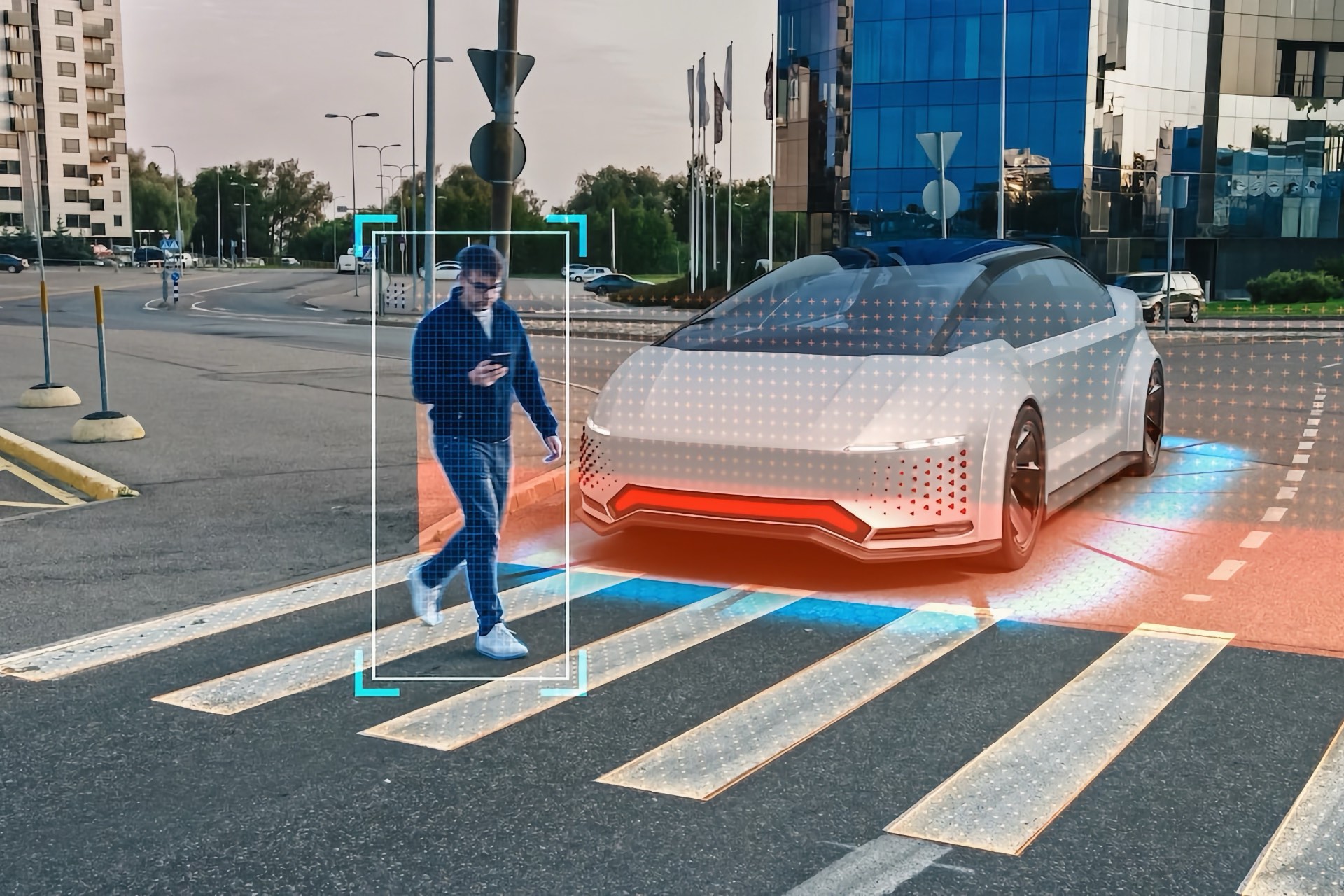A survey by online financial broker Savvy examining attitudes of Australians to autonomous driving and Al-assisted high-tech driving features in new cars revealed that nearly half of respondents have some level of concern about the technology.
Twenty-two per cent said they don’t trust and feel uncomfortable with autonomous driving, while 25 per cent said they have some doubts and concerns. Nine per cent said they were comfortable with the technology, while 23 per cent said they were neutral about it.
Autonomous driving was more popular among younger drivers, with 26 per cent of 18 to 24s saying they fully trust the technology compared to eight per cent of 45 of 54s, three per cent of 55 to 64s, and two per cent of over 65s.
Active safety measures considered important were 360-degree cameras and assisted parking (52 per cent), blind spot monitoring (50 per cent), emergency braking systems (32 per cent), adaptive cruise control (28 per cent), and lane change assist (18 percent).
Women were more likely to choose safety features over men. While both 56 per cent of women and men said 360-degree cameras are important, 37 per cent of women versus 27 per cent of men saw emergency braking as important.
Savvy said safety feature importance seemed to increase as cohorts got older, with 44 per cent of 18 to 24s saying blind spot monitoring was important, compared to 62 per cent of 55 to 64s.
Savvy spokesperson Adrian Edlington said that the cohort most sceptical about autonomous driving tech has the most to gain.
“In an earlier report, men aged 40 to 64 are the highest risk of being a road fatality in Australia, and autonomous driving technology could possibly bring this awful statistic down,” he said.
“As more of these technologies are refined and included in new cars and electric vehicles, it’s inevitable Australian drivers will embrace them as potentially life-saving and useful technologies. Manufacturers who neglect these new technologies as a cost-saving measure will likely get left behind.”
General technology, such as Apple CarPlay and Android Auto, was of most importance to 18 to 24s (50 per cent), decreasing among all subsequent cohorts with only 18 per cent of over 65s. Thirty-eight per cent of men saw a touchscreen as a “must have” feature compared to 32 per cent of women.

